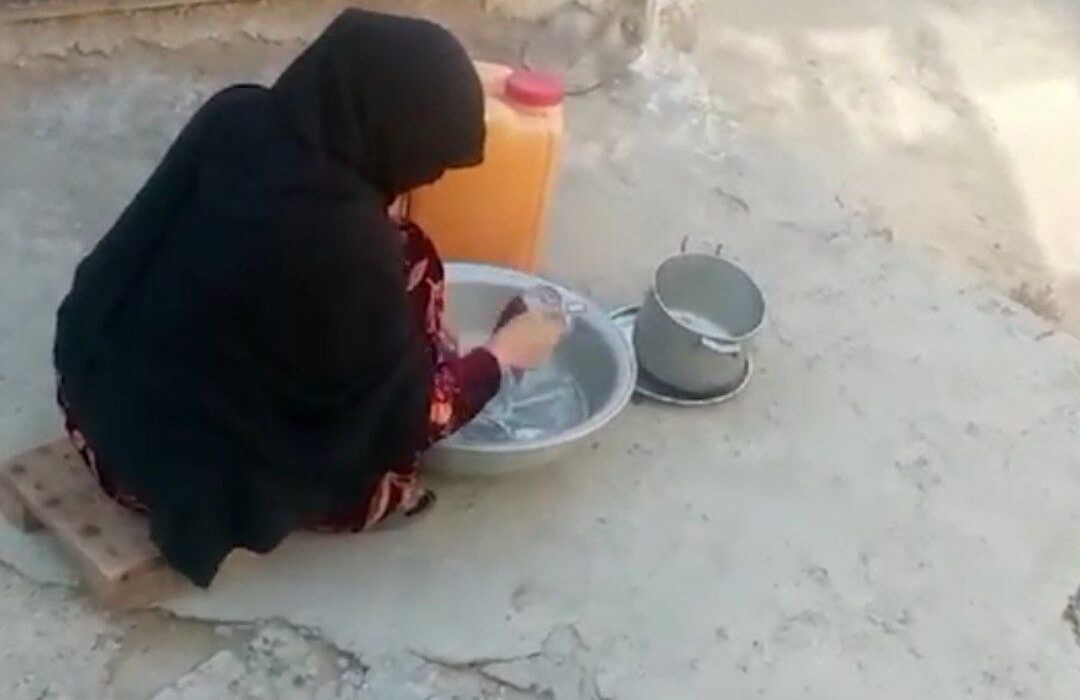BADAKHSHAN, Afghanistan — A number of young women in Afghanistan say they are increasingly at risk of forced marriages, fueled by social pressures, economic hardship, and the Taliban’s strict curtailment of women’s rights. Madina, speaking under a pseudonym for safety, described how both her sister and cousin were subjected to forced marriages within the past year.
“Over the past year, I have witnessed dozens of cases of forced marriages in Badakhshan,” she said. “These are situations where girls are coerced into obeying the decisions of their families and traditional communities.”
Madina recounted that her 19-year-old sister was married to a man who already had one wife. “My older sister and cousin were forced into these marriages without being asked for their consent,” she said. “They were simply told, and they had no choice.”
Now fearing that she may face a similar fate, Madina expressed deep concern over her lack of control over her future. “When they arrange these marriages, they don’t ask us. They don’t give us time or consider our wishes. We are not allowed to voice our opinions. We’re told to accept whatever decision is made for us,” she said.
Experts and rights advocates cite the Taliban’s policies, which severely limit the rights of women and girls, as key factors driving the increase in forced marriages. Social and familial pressures exacerbate the problem. A report from the U.N. Human Rights Council’s special rapporteur for Afghanistan notes that the Taliban’s ban on girls’ education has contributed to a rise in forced marriages, gender-based violence, and sexual abuse.
While the Taliban have acknowledged thousands of cases of forced marriages during their current rule of more than three years, they claim to have intervened to prevent at least 5,000 such cases. However, independent reports suggest a more dire situation, with numerous incidents remaining unreported or unresolved.
A field study conducted by Amu over the past two years documented 58 cases of forced marriages across eight provinces, based on testimonies from 24 individuals. The research highlighted economic hardship, familial pressure, and the Taliban’s ban on female education as the main drivers behind the spike in forced marriages.
“The economic situation forces families to make difficult choices, often pushing daughters into marriages they do not want,” Madina said. “The restrictions on education only add to the desperation.”
The current environment places Afghan girls and women at a crossroads of poverty and gender-based oppression, with little recourse as they navigate life under an administration that has systematically stripped away their rights.





